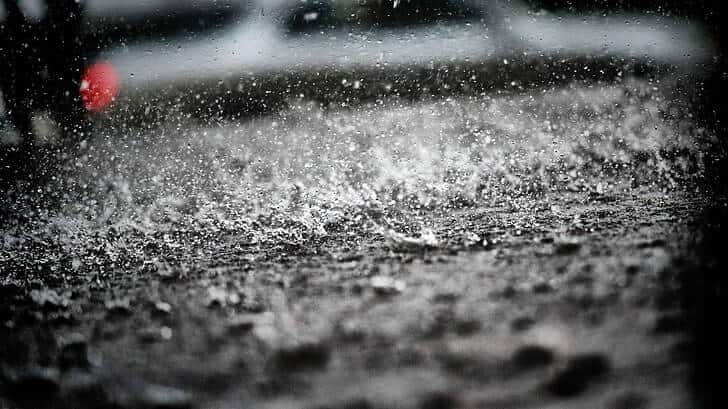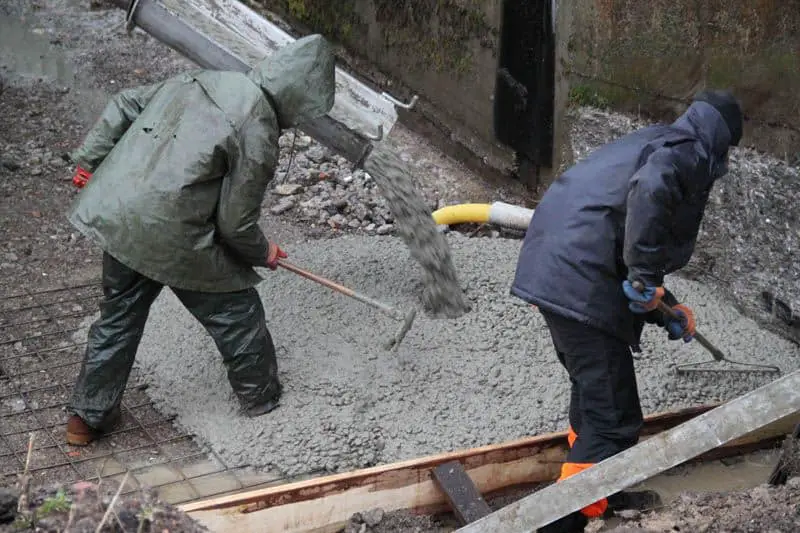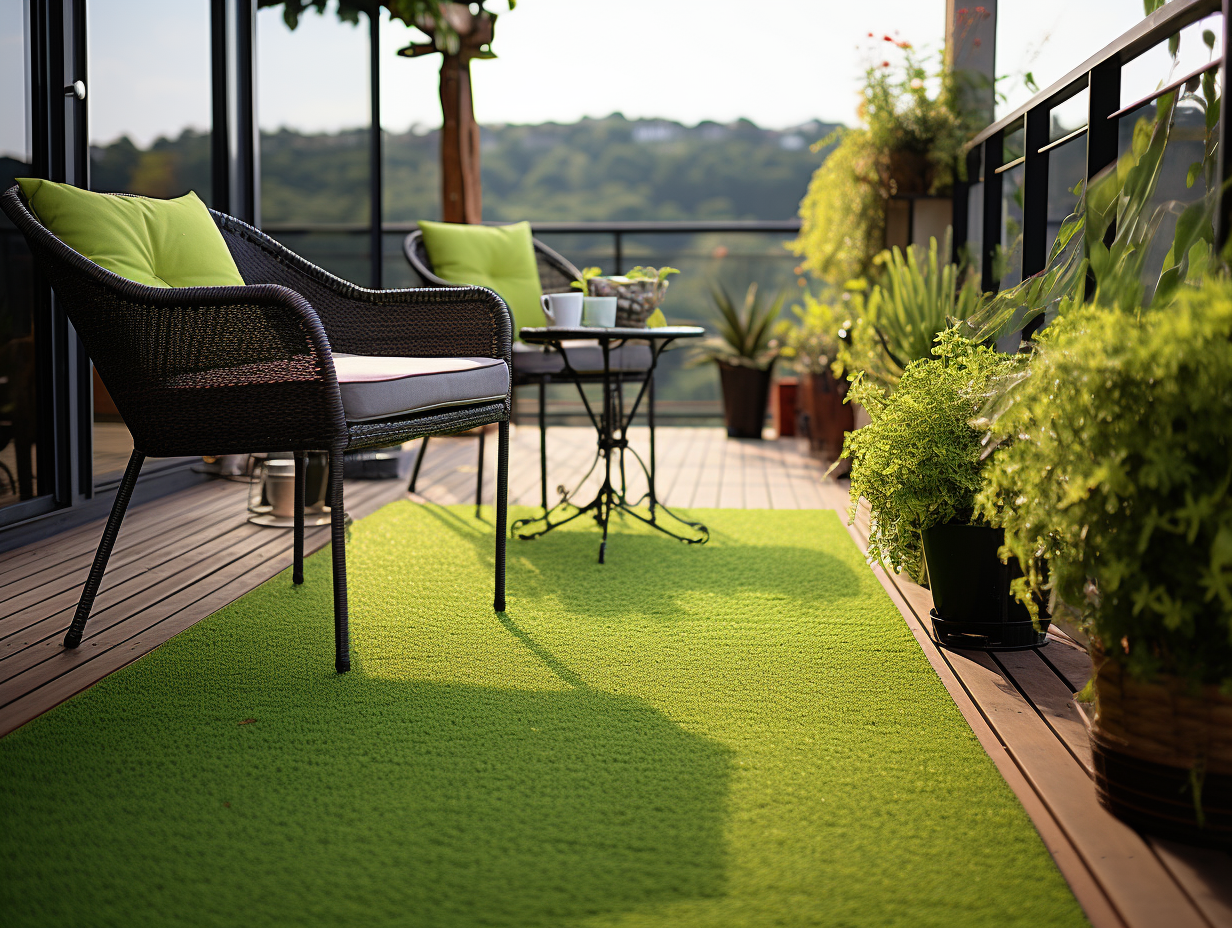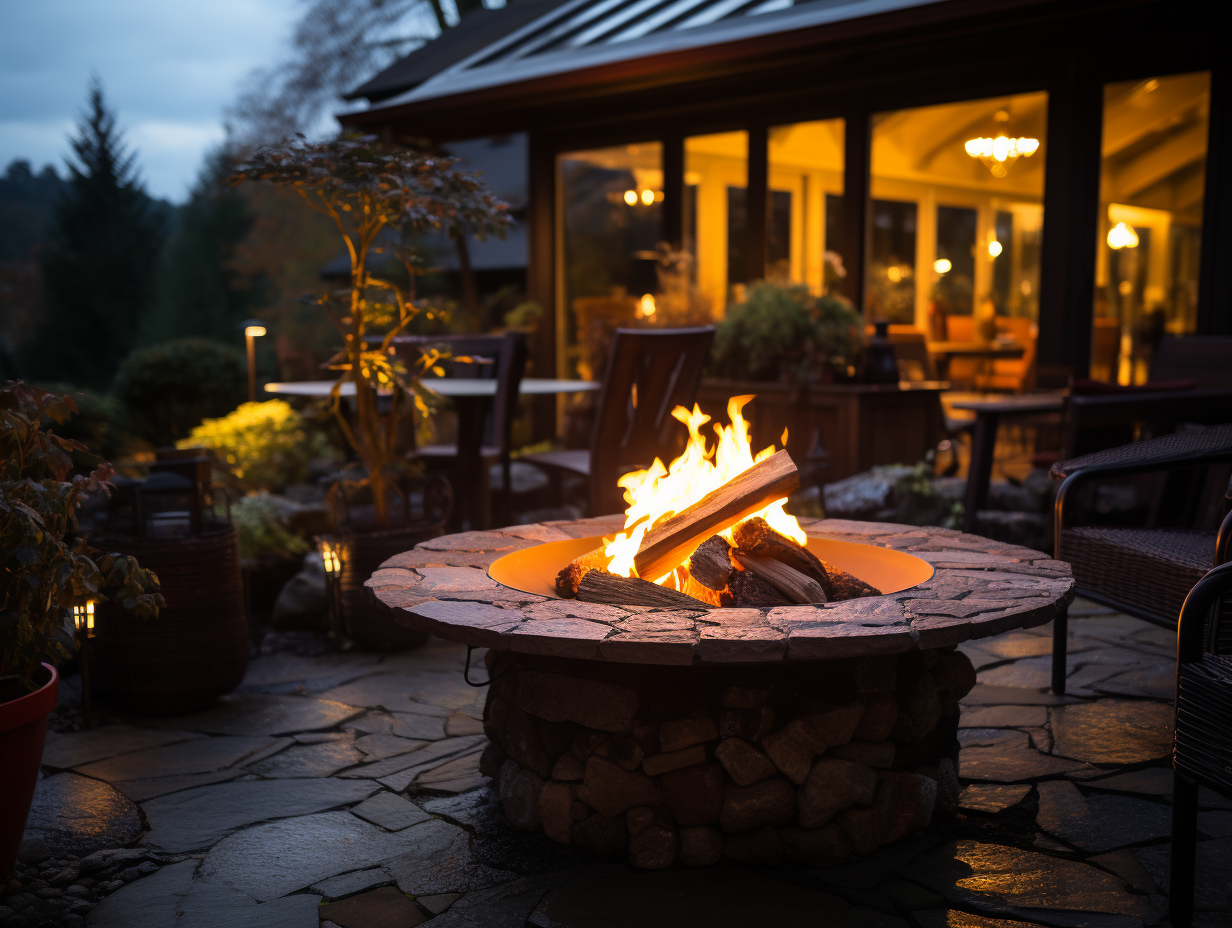
Many people have asked if it’s possible to lay a patio in the rain. This was because of the fact that they were hoping to get their outdoor living area done as soon as possible and were wondering about the best time to start this project.
Can You Lay Your Patio In The Rain?
The easy answer is ‘Yes, of course, but there are some things that need to be considered first before getting down to business. It would be a bad idea to begin laying your patio on top of puddles, especially when it comes to block paving.
These types of pavers can end up with water trapped beneath them which could lead to problems such as discoloration, cracking, and even rotting once temperatures drop again.
Read More: Cover Brick Patio With Cement + Cost Calculator
Resin-bound gravel can be laid when it’s wet, but once again you must ensure that any puddles have dried before getting started.
The good news is that there are some options available to homeowners with a small budget and without vast amounts of time on their hands.
Concrete pavers come as pre-cast slabs which can be laid quickly in a dry spell (even over gravel), flagstones are also lightweight and quick to lay, while rustic cobbles, pebbles, and granite slabs can all be laid pretty much at any time provided the ground is suitable.
If choosing block paving then the best option would be to wait until autumn — after heavy rain has stopped falling for several days.
The surface should be completely dry without any puddles, but the ground beneath should be soft enough to warrant an intense period of compaction with a petrol-driven roller.

When Is The Best Time To Lay Patio Paving?
The best time to lay patio paving is in the spring and summer when it does not get as hot or dry. Moisture within the sub-base is essential for good compaction and moisture also aids the setting of the mortar.
It is worth remembering that a poorly laid path will be slippery when wet, which can cause accidents especially if people are walking on it at night.
It’s also important to consider that pavers fitted in colder times will need extra protection from frost damage as they cannot ‘breathe’ like timbers allowing excess moisture to escape
Can You Lay Slabs On Wet Ground?
Yes, you can. But depends on what kind of slabs you are using. The general rule is that concrete can be laid in damp conditions or even underwater if you use a good concrete mix, so long as it’s well compacted and the ground is properly prepared beforehand.
There are two main types of slabs: authority rated and non-authority rated.
Authority rating is given to slabs that have passed strict tests regarding their liability in wet conditions, whereas non-authority rated do not pass these tests.
Non-authority slabs may perform badly when laid in wet conditions which could lead to them being pulled up and replaced by an authority slab at a later date, so much prefer that they don’t get wet (most users would too).
What If It Rains After Laying Slabs?
Storms and heavy precipitation at the time of installation can potentially damage slabs. You should avoid laying slabs in situations where excessive rainwater is likely to accumulate, such as near gutters, air conditioners, downspouts, or low-lying areas that are hard to drain.
Also be aware that porous types of rock (granite, limestone) will soak up water more readily than other stones (slate, flagstone).
If you do lay a stone or concrete slab when showers are forecasted for later that day or evening, cover it with a temporary protection system until the ground underneath has dried out again.
To keep your stones clean during the installation, you can lay a plastic sheet over them.
If you can’t install slabs when it’s dry outside and there is no chance of rain in the near future, postpone the work until another day.
This, however, may increase your costs because demand for contractors tends to be high around holidays and weekends. If possible, use a walk-off membrane under the slabs
Can You Lay a Porcelain Patio In The Rain?
There are different types of cement that contain porcelain that can be used to resurface patios.
Some manufacturers recommend laying the product in dry weather and allowing at least two days of drying time before heavy traffic or rain.
Other types of concrete patio flooring may require a longer curing period, e.g., overnight or for several days (with no water) before they can withstand normal conditions.
Can You Lay Block Paving In The Rain?
Yes, you can. It doesn’t matter if you’re laying paving slabs, patio slabs, or driveways as all of these can be laid in wet conditions.
However, there are certain key factors that should be taken into consideration when choosing whether to install block paving in wet conditions or not.
The main consideration is how much rainfall has been forecast for the area where you live? If it’s just a shower today then there will be enough time to complete your project before drying out again.
However, if heavy rainfall is predicted and nothing has changed from forecasts beforehand then it would normally be advised not to install block paving in wet conditions or you could end up with a waterlogged base.
How Long Does Cement Need To Dry Before It Rains?
The cement needs to dry for at least 24 hours before it starts raining.
Cement needs to be exposed to the air for a minimum of one day (24 hours) before it can start getting wet during rainfall.
It also depends on the type of cement. Portland cement, which is the most common type used in building and construction, begins to set when mixed with water and continues hardening for a long time afterward.
A rule of thumb states that if it takes less than half an hour for your wet cement mix to become stiff enough that you can’t make any indentations by pressing it lightly with your hand then there shouldn’t be any problems with its strength if left overnight.
If you want to check whether it’s OK to leave things overnight though, you should do tests before starting work on your project – as always, there are no guarantees!
Conclusion
It is possible to lay your patio in the rain. However, you should use a tarp as protection from water and an umbrella for shade if you intend on spending any time outside during this process.

![What Gravel To Use For Patio Base [Best Options]](https://www.cleverpatio.com/wp-content/uploads/2021/11/What-Gravel-To-Use-For-Patio-Base-270x180.jpg)


Leave a Reply